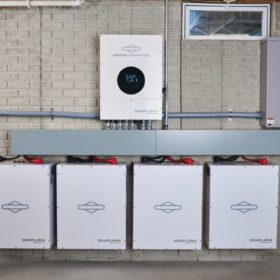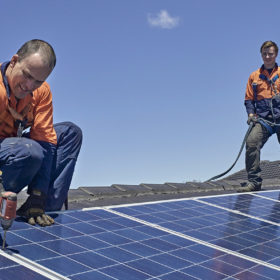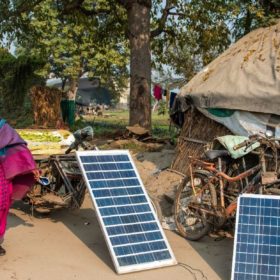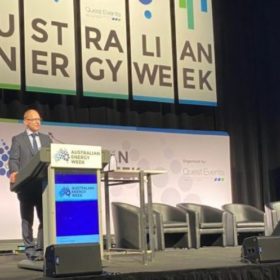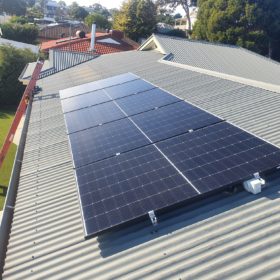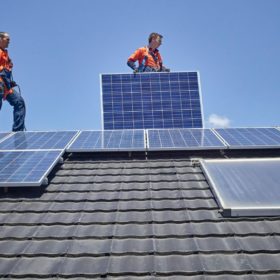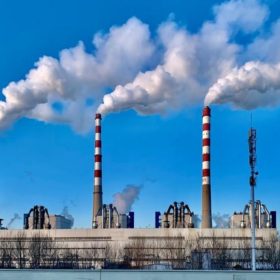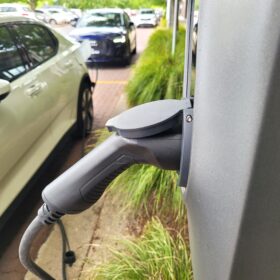Silver-alloyed CIGS solar cell with transparent indium back contacts, 12% efficiency
Scientists in Sweden have developed a wide-gap ACIGS solar cell with hydrogen-doped indium oxide (IOH) transparent back contacts and silver alloying to increase the absorber bandgap energy. The device achieved an efficiency of 12.0%, an open-circuit voltage of 835 mV, a short-circuit current of 22.1 mA cm2, and a fill factor of 65.2%.
Ministers sign off on clean energy transition plans
Australian federal and state governments have agreed to a suite of reforms designed to tackle soaring energy prices, including creating a national transition plan to phase out fossil fuels, financing projects to boost the nation’s electricity grid, and progressing designs for a new capacity mechanism.
Wine not? Treasury Wine Estates set to install 9,500 solar panels
Penfolds owner Treasure Wine Estates will install more than 9,500 solar panels across its Barossa and Karadoc wineries as the company seeks to become 100% renewable by 2024. To achieve that goal the company says it is preparing to install 29,000 solar panels across its vineyards worldwide, while also purchasing offsite renewables.
Briggs & Stratton launches residential storage solution with lithium-ferro-phosphate chemistry
United States-based manufacturer Briggs & Stratton offers the storage solution with a 6kW inverter, a 4.9kWh battery, and a proprietary monitoring system.
NSW rolls out residential solar program for estimated 1 million homes
About 1 million New South Wales households will be able to apply for an upfront payment of almost $3,000 to put towards a solar system or energy-saving upgrades to home appliances as part of a new state government program designed to reduce energy bills as power prices soar.
IRENA reveals stark reality of electricity access for all by 2030
The International Renewable Energy Agency’s latest annual report on the progress towards the United Nation’s sustainable development goal seven estimates 670 million people will still lack electricity in 2030, and more than 2 billion will be reliant on unhealthy, polluting cooking methods.
AEMO boss backs renewables to deliver nation’s energy transition
The chief of the Australian Energy Market Operator has declared the need to integrate greater levels of cheap, clean, renewable generation, and the right firming capacity into the national electricity market to ensure Australia’s energy system stays functional through a “once in a generation energy transition”.
Enphase claims new safety regulations mean more Aussie installers prefer its IQ Microinverters
Long-overdue safety and compliance regulation increases came into effect in May. US-based Enphase Energy claims its technology’s exemption from much of nation-wide regulations means installers across the country are opting for its products exclusively.
Melbourne homeowner in ‘heritage overlay’ ordered to remove rooftop solar panels
Melbourne’s City of Boroondara council has ordered a homeowner to remove rooftop solar panels on a street-facing facade due to the building’s position in a heritage overlay. In 2021 the City of Boroondara declared a climate emergency and called for a tripling of rooftop solar in the municipality. The homeowner described the decision as “ridiculous.”
Peak group urges ministers to adopt staged response to energy crisis
A coalition of peak bodies has called on Australia’s energy ministers to work together to accelerate the transition to renewable energy and resist the temptation to focus only on short-term solutions when they meet today to discuss the “apocalyptic rises in energy prices” impacting Australian energy markets.



